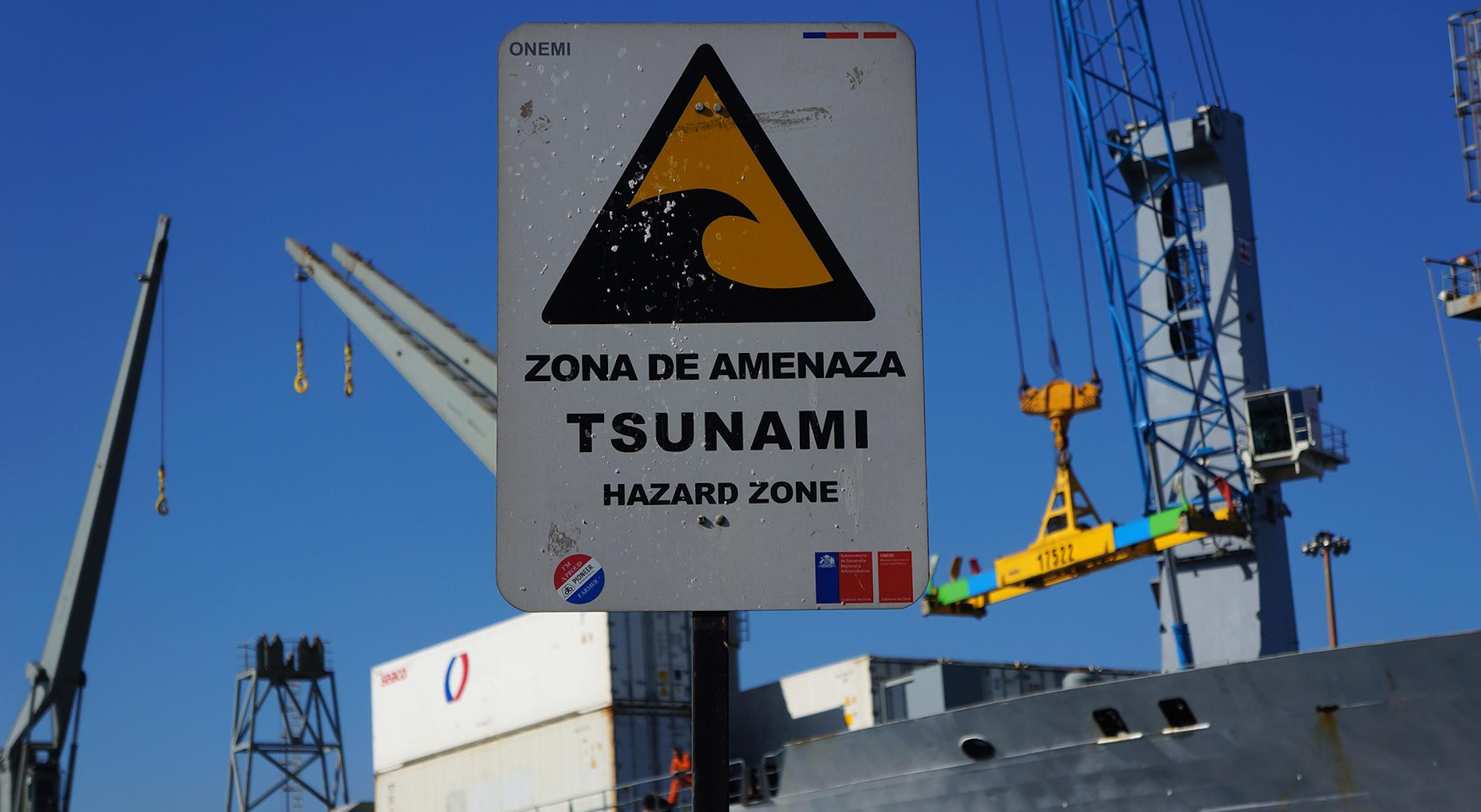Natural hazards and chain reactions – assessing risks more accurately
Increasing numbers of people worldwide are being exposed to natural hazards, particularly in densely populated cities and conurbations. In these situations, effective risk management can save lives. Hazards are rarely isolated; if an earthquake triggers a tsunami, this in turn can generate further environmental disasters and disruptions. Torrential rain can cause landslides and lead to rivers bursting their banks, resulting in flooding. These chain reactions can compound a disaster and quickly overwhelm victims and rescue workers. Information systems can help planners and emergency services to pre-emptively draw up multi-risk scenarios and to take targeted precautions. For this reason, the RIESGOS 2.0 international project kicked off on 1 March 2021. Under the leadership of the German Aerospace Center (Deutsches Zentrum für Luft- und Raumfahrt; DLR), the project partners are developing scientific methods and technologies for multi-risk analysis.
